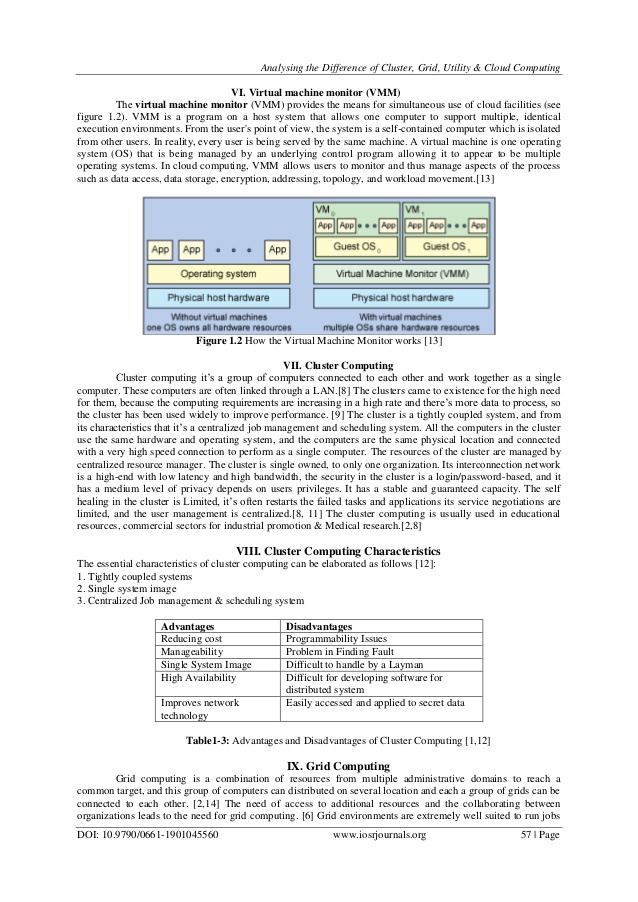This content has been archived, and is no longer maintained by Indiana University. Resources linked from this page may no longer be available or reliable.
Cluster, Grid computing, Utility & Cloud Computing. Analysis architecture, differences between them, characteristics, its working, advantages and disadvantages. Grids - Difference between Grid and Clusters BC Oracle Consulting & Training. Grid incorporates many varied computing resources and the clusters often become one of the many components. A Grid enables the sharing, selection, and aggregation of a wide variety of geographically distributed resources including supercomputers.
Parallel computing
Parallel computing is the concurrent use of multiple processors(CPUs) to do computational work.
In traditional (serial) programming, a single processor executesprogram instructions in a step-by-step manner. Some operations,however, have multiple steps that do not have time dependencies andtherefore can be separated into multiple tasks to be executedsimultaneously. For example, adding a number to all the elements of amatrix does not require that the result obtained from summing oneelement be acquired before summing the next element. Elements in thematrix can be made available to several processors, and the sumsperformed simultaneously, with the results available faster than ifall operations had been performed serially.
Parallel computations can be performed on shared-memory systemswith multiple CPUs, distributed-memory clusters made up ofsmaller shared-memory systems, or single-CPU systems. Coordinating theconcurrent work of the multiple processors and synchronizing theresults are handled by program calls to parallel libraries; thesetasks usually require parallel programming expertise.
At Indiana University, the UITSScientific Applications and Performance Tuning (SciAPT)group can help programmers convert serial codes to parallel code, andoptimize the performance of parallel codes. To arrange a consultation,emailSciAPT.
Grid computing
The term 'grid computing' denotes the connection of distributedcomputing, visualization, and storage resources to solve large-scalecomputing problems that otherwise could not be solved within thelimited memory, computing power, or I/O capacity of a system orcluster at a single location. Much as an electrical grid providespower to distributed sites on demand, a computing grid can supply theinfrastructure needed for applications requiring very large computingand I/O capacity.
The creation of a functional grid requires a high-speed network andgrid middleware that lets the distributed resources work together in arelatively transparent manner. For example, whereas sharing resourceson a single large system may require a batch scheduler, scheduling anddispatching jobs that run concurrently across multiple systems in agrid requires a metascheduler that interacts with each of the localschedulers. Additionally, a grid authorization system may be requiredto map user identities to different accounts and authenticate users onthe various systems.

Supercomputers
'Supercomputer' is a general term for computing systems capable ofsustaining high-performance computing applications that require alarge number of processors, shared or distributed memory, and multipledisks.
Big Red II is IU's supercomputer-classsystem.
